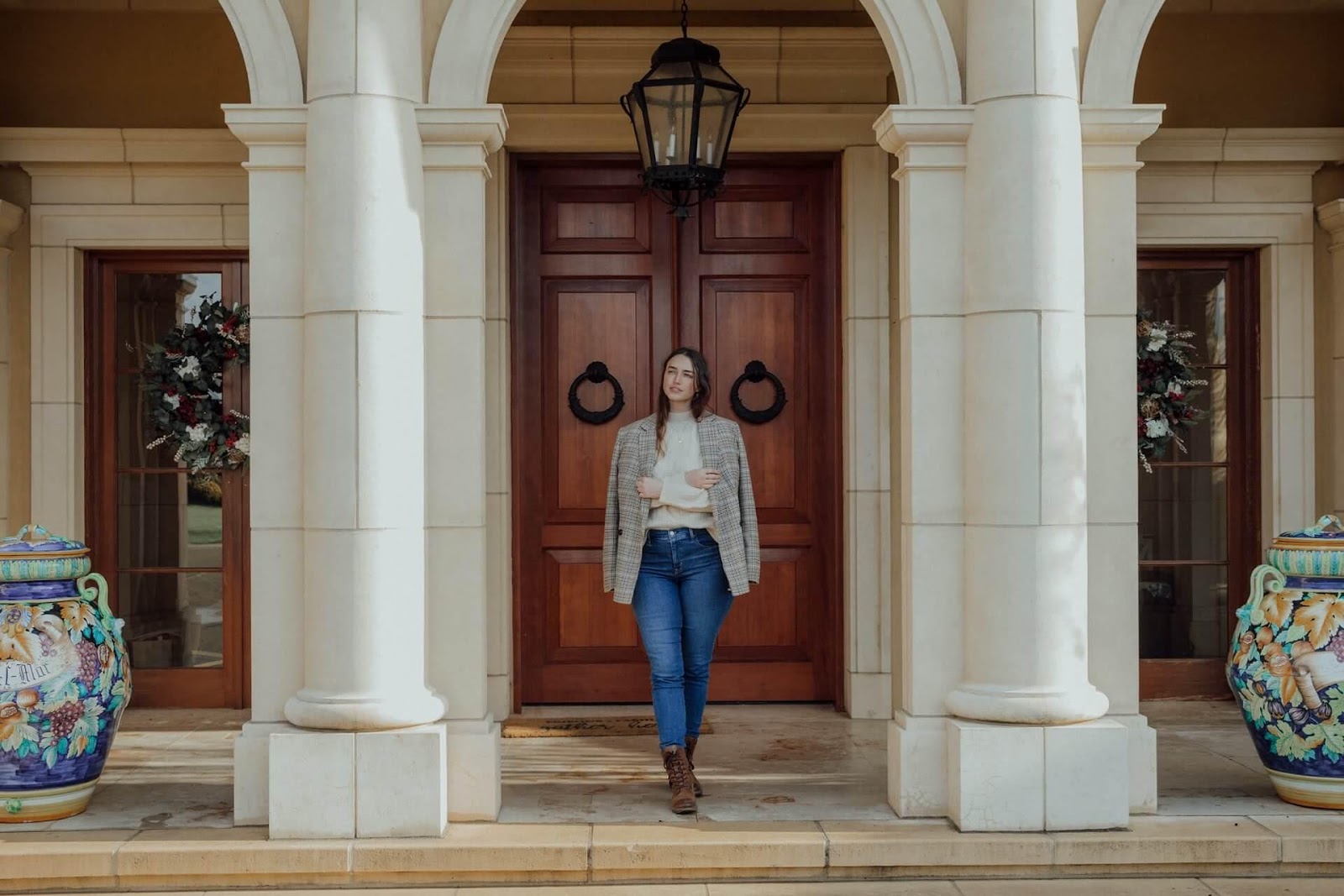[ad_1]
“The idea came from the first time I saw the site. Just sitting there on the lawn, under a tree, I already felt happy. So why not make everywhere blend as one,” he said. “The interior should blend with the architecture, there should be no barriers. And then beyond that, it engages with the surroundings around us.”
Located on a small hill with an elevation of about 10m, he drew on this unique location to design a home that blends seamlessly with its surroundings. To achieve this, he twisted the core shape of the house to achieve a one-of-a-kind structure to fit with the slopes and hills. In fact, the sprawling 34,444 sq ft property derives its name Diagonal House from the modernist architecture that features geometric shapes including a triangle, circle and square.
“The house is a part of the surroundings, growing from the ground up and attaching itself to nature as if it were a tree. That is why the architecture is generated by the flow of the tree and does not look so blocky – and the house has a life on its own,” he explained.
Guided by the goal of keeping as many of the trees on the land as possible, he incorporated creative techniques to preserve what he could. For example, along a corridor of the house, some trees are in fact growing within the structure itself.
Sumpalung said: “We allowed the branches to punch into the roof line. Then, we made sure that they are strong enough, so that they do not ruin the whole roof. Each branch works along with the architecture.”
[ad_2]




























































